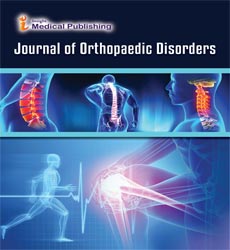Artificial Intelligence and Machine Learning in Orthodontic
Abstract
Artificial Intelligence (AI) is a modern branch of computer science was introduced by the year 1956 during conference held at Dartmouth college, then after a few years machine learning term was introduced. As a simple definition of AI, it includes converting information into intelligent actions.
Machine Learning (ML) is most commonly application of AI that allows the systems and computers to learn and act to make decisions and predictions without being explicitly programmed to do that.
During the last two decades AI and ML have developed quickly and they have applied in various fields of life such as medicine and dentistry.
There is a huge work to improve using artificial intelligence in different field of dentistry, for examples: in diagnosis of caries, oral lesions and cancers, in restorative and prosthetic is the use of computer-aided-design and computer-aided-manufacturing for precision fit of prosthesis, in Implantology to make surgical guides and identifying the type of bone.
In orthodontic AI and ML can help in diagnosing and treatment planning by building 3D scans and virtual models which can help to determine the teeth need to move or extract, need orthognathic surgery or not. AI helps in printing precise 3D aligners and monitoring the progress of treatment. Nowadays printing 3D brackets is available which can be programed and can provide us with information about the progress of treatment and possibility to reprogramed during the visits of patient to clinic. New trend in orthodontic using AI to fabricate smart orthodontic appliances which accelerate orthodontic tooth movement to reduce the duration of treatment and improve the outcome.
Open Access Journals
- Aquaculture & Veterinary Science
- Chemistry & Chemical Sciences
- Clinical Sciences
- Engineering
- General Science
- Genetics & Molecular Biology
- Health Care & Nursing
- Immunology & Microbiology
- Materials Science
- Mathematics & Physics
- Medical Sciences
- Neurology & Psychiatry
- Oncology & Cancer Science
- Pharmaceutical Sciences
